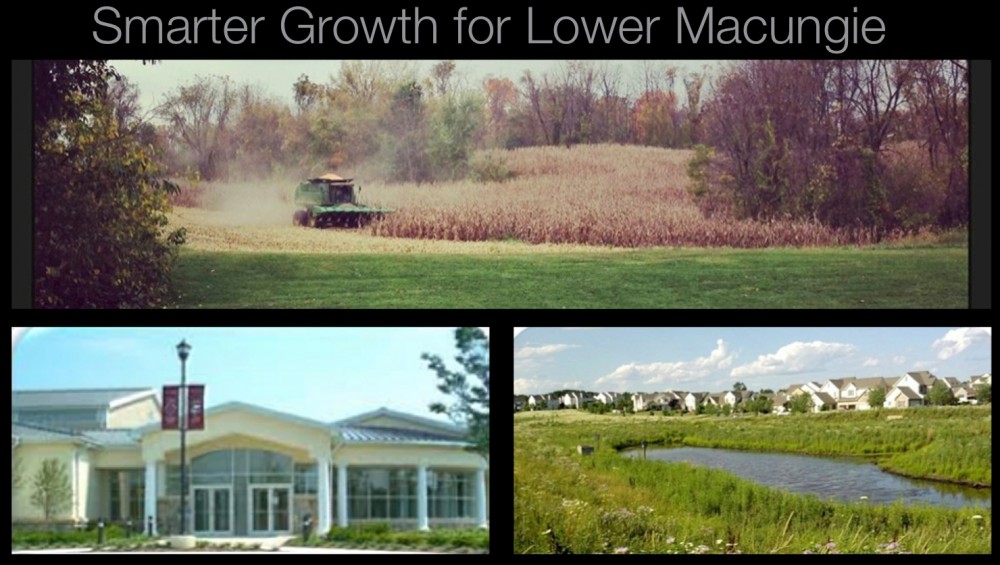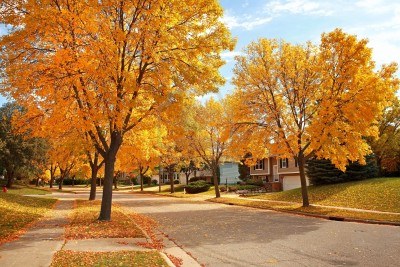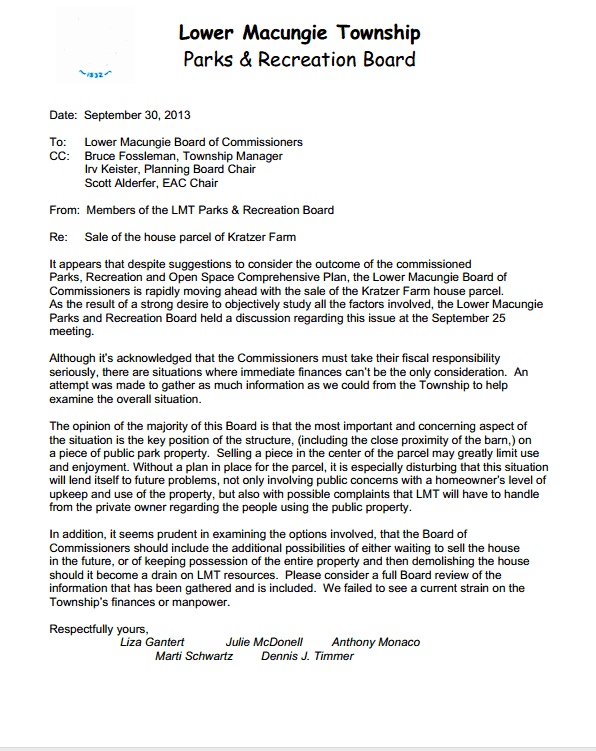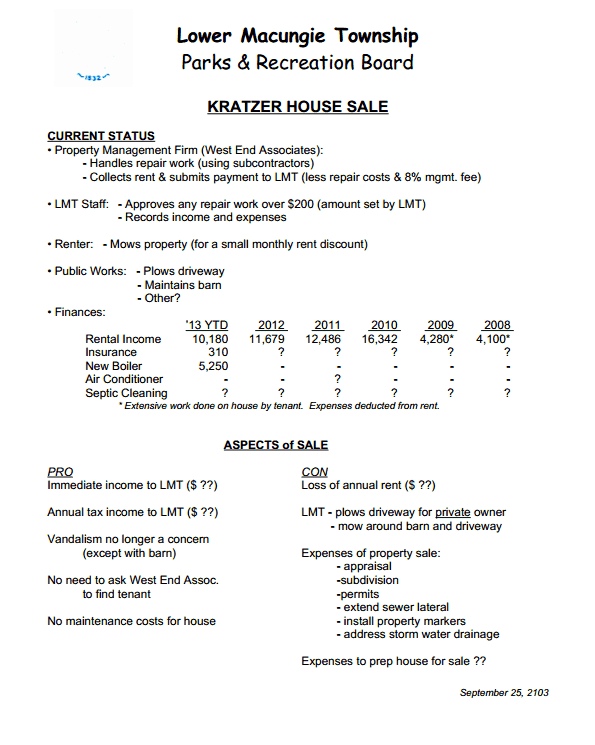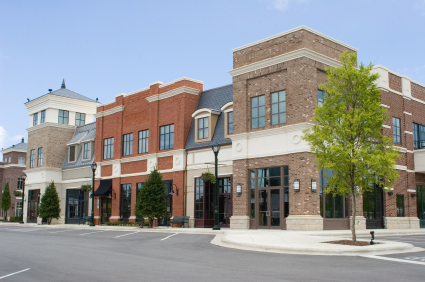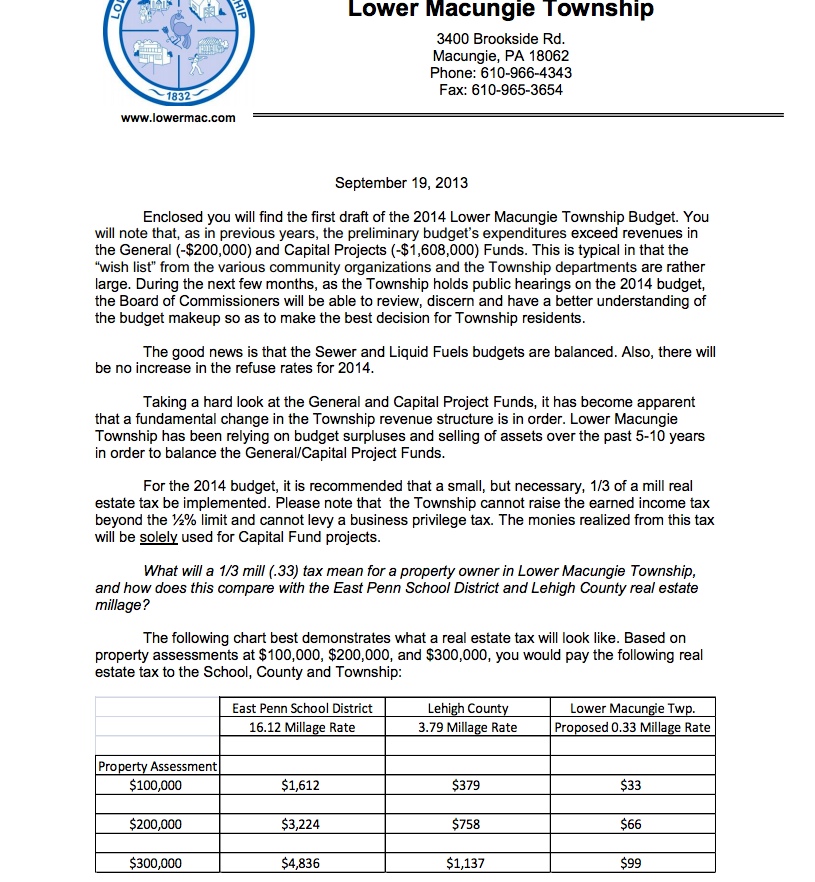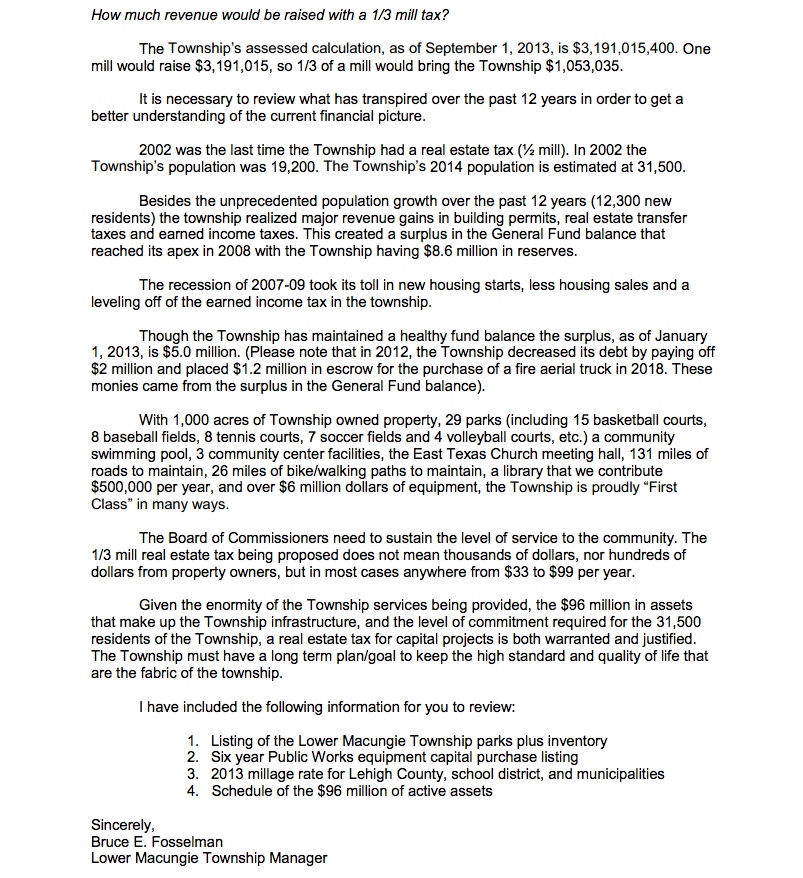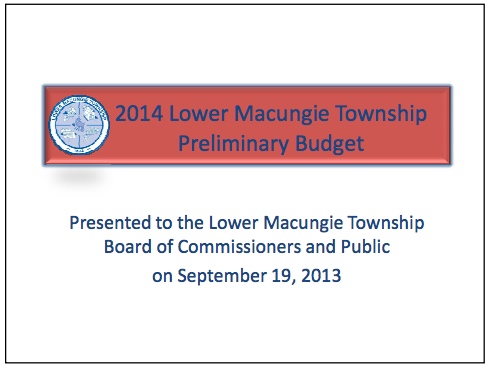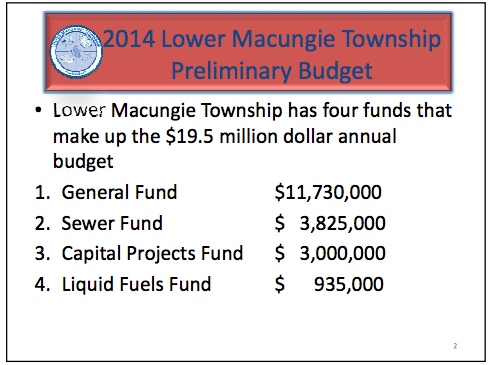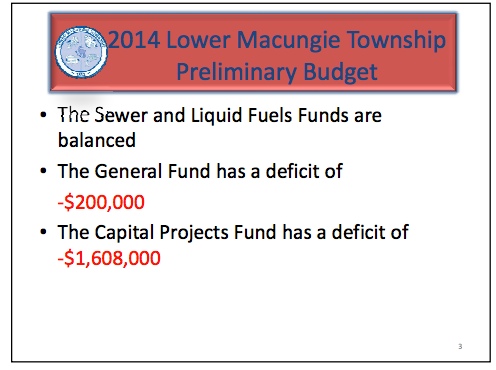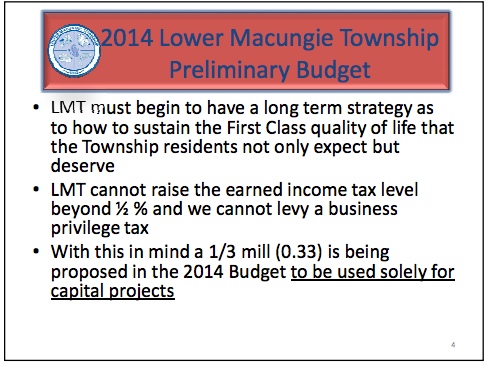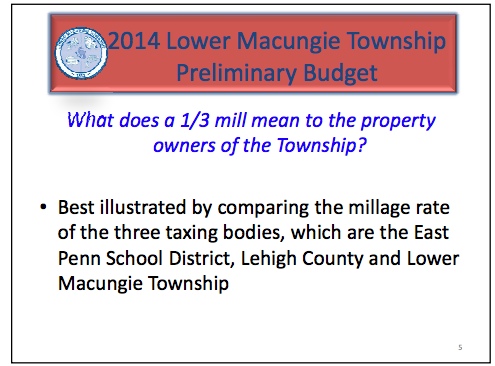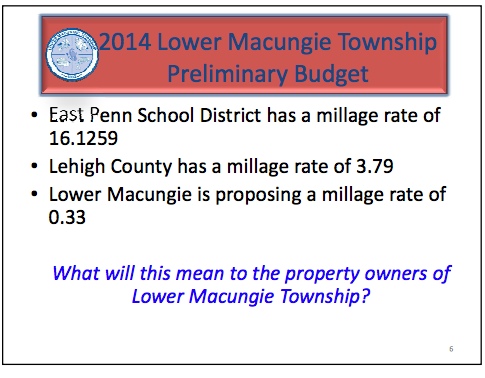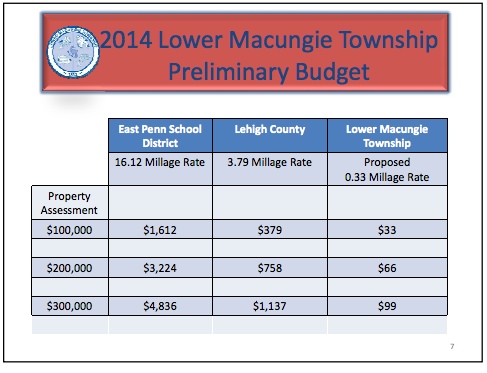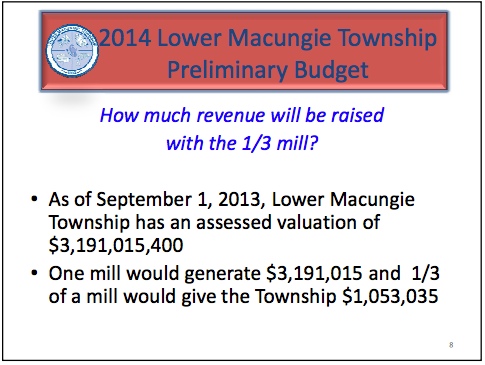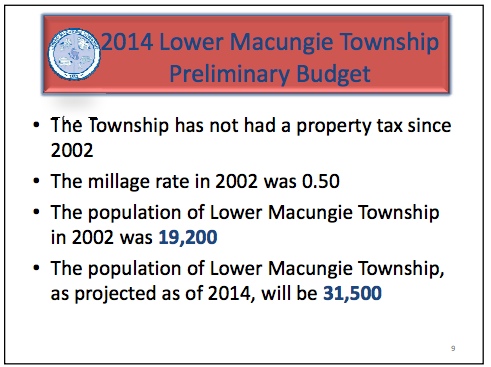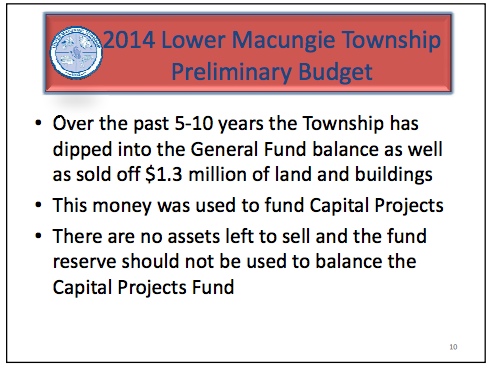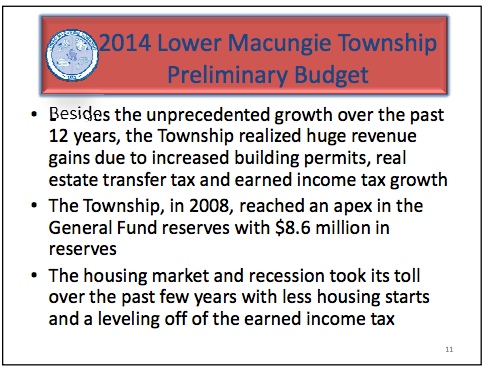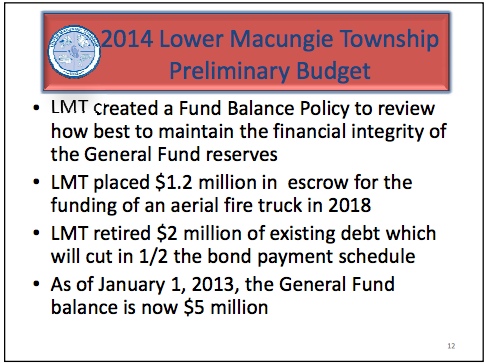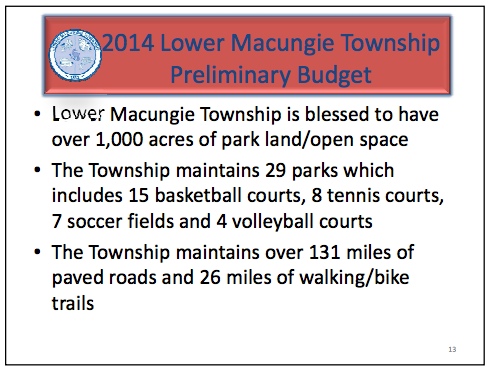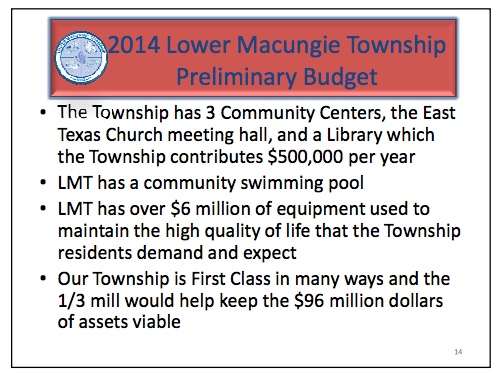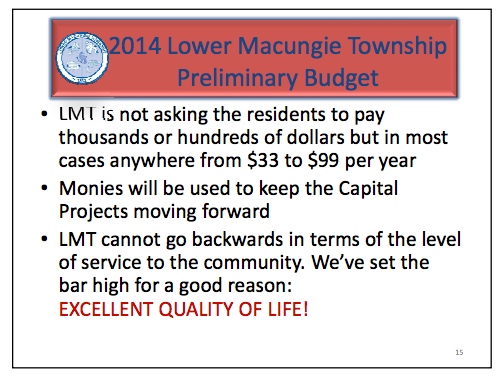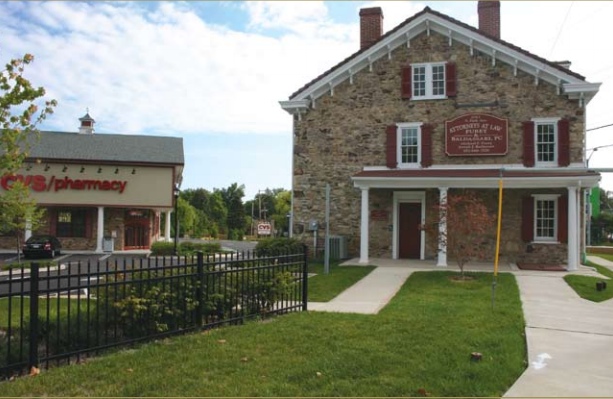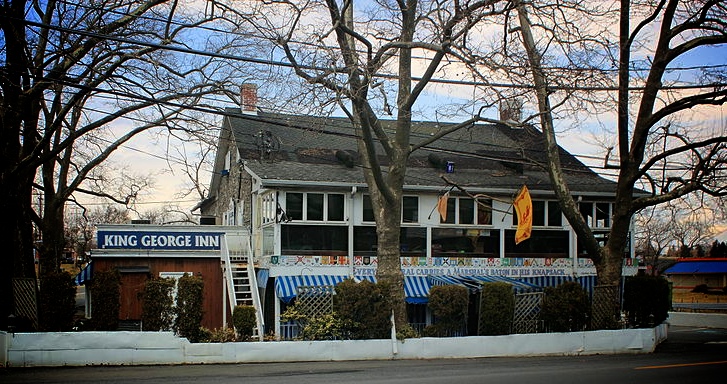FYI – This is a practice I started 2 weeks ago and will continue as a member of the BOC. With these previews while I may indicate a voting inclination, it in no way means my mind is made up on any issue. Back during a critical hearing for the Jaindl issue, a Commissioner once spoke before public comment outlining he was voting to move forward the project regardless of what people said during public comment. That was wrong.
My hope is this opens the door for conversations before public meetings. One of my biggest issues with the Jaindl debacle was people didn’t truly understand what was happening until it was “too late”. I plan on doing everything I can to make sure residents have background information and my thoughts on issues before they come to a vote in front of the board. This is one mechanism to do that.
9/19 AGENDA DETAILS HERE
Executive session: Clerical Union Contract review. I believe Ryan Conrad and Manager Fosselman are representing the Twp. in labor negotiations.
Hearings and Approvals
Lehigh Country Club – This is a good example of an appropriate usage of the new administrative review procedure to streamline the process for very small scale development projects. As you may recall I had (and still have) issues with this process based on the guidelines definition of “small”. The procedure allows expedited review of projects up to 10,000 square feet. A 10,000 square foot development is not a small project by most definitions. Picture a small bank or pharmacy with that footprint. 10,000 square feet is a little bit bigger then a baseball diamond to put it in perspective.
This particular project deals with an addition of an 1800 sq. ft mens lounge, 500 square ft. pantry and some relocation of walkways. This is a very small project and I have no problem with an administrative review. My vote would be yes on this resolution.
Act 537 plan revision – I’m not sure what this item is specifically. A summary of Act 537 the sewage facilities program is below. I think this is just an update on progress toward compliance from the engineer? This is state mandated.
The Act 537 Program
Act 537 was enacted to correct existing sewage disposal problems and prevent future problems. To meet this objective, the Act requires proper planning in all types of sewage disposal situations. Local municipalities are largely responsible for administering the program. To assist local municipalities in fulfilling this responsibility, DEP provides technical assistance, financial assistance, and oversight.
The Planning Process
Municipalities are required to develop and implement comprehensive official plans that provide for the resolution of existing sewage disposal problems, provide for the future sewage disposal needs of new land development; and provide for future sewage disposal needs of the municipality. This official plan is sometimes called the “base” plan or the “Act 537 plan.” When a new land development project is proposed, municipalities are required to revise their official plan (unless the project is exempt from planning).
Macungie Borough Proposed Zoning Ordinance and Map Amendment.
I attended a couple meetings of the Macungie Borough Planning Commission
to hear about their proposals. I think overall it’s a great update of their zoning and maps. If I were seated on the board now, at this agenda item I would ask our director of planning for her thoughts on a few items.
1. Brookside Country Club Zoning. This is a concern as we should plan for a disaster scenario where the club goes under and development pressure comes to this large parcel. The club and golf course is adjacent to and in some areas within the township.
2. Tyler Pipe. Due to it’s proximity to the township.
3. Commercial signage regulations. I would encourage if they aren’t already for the Borough’s commercial signage ordinance to match or exceed ours.
I would motion to forward comments based on our professional planners comments to my questions above.
Public Works & Facilities – Bid award for new meeting room. I am going to pay close attention to this item. I’m not totally convinced we need a bran new meeting room. I want to see the cost. We do need technology upgrades and better mechanisms for presenting agenda items to those in the audience. No doubt about that. For example a better projector system for viewing of development plans by residents. Residents should see the same information commissioners see. However, I am not convinced the amount of money being spent is justified by rationale to move the room altogether. (to the ballroom) I am admittedly not completely up to date on these plans. I will be listening to this item with interest.
As a side note, 2 years ago I disagreed with elevating the township solicitor onto the Dias with the elected officials. As you may recall the Twp. secretary used to sit on the Dias with Commissioners. I had no problem with this as it was the best seat in the house for the secretary to perform her duties. Elevating the solicitor, especially at a time when the township was involved in legal actions defending a developer was inappropriate in my opinion. It’s all about messages you are sending to the public.
Elected officials represent the community and they oversee professional staff that works for the community not vice versa. I have less of an issue with this if we would elevating all senior staff members onto a Dias. That may be the plan. But what is the cost of what would be a massive Dais?
Perception matters and we shouldn’t place more emphasis on our solicitor over say our professional planner or our township manager. Both of whom opinions I place higher emphasis on then our lawyer whose job is to offer legal advice. This isn’t a knock at all on our extremely capable solicitor. Just that good management and planning should be considered first, then legal advice after planning and management context is given.
Tree Tenders Ad Hoc Committee
5 township residents attended Tree Tender training a few months ago. This item deals with EAC’s request to formalize a subcommittee tasked with forming recommendations to the BOC dealing with public trees. I am supportive of this. It doesn’t go as far as a shade tree commission (No quasi judicial authority) but it would forward recommendations to the Board for consideration. I support populating this subcommittee with a trained arborist, our planner and other appropriate staff and those who compete tree tender training. This would be a subcommittee of the EAC.
